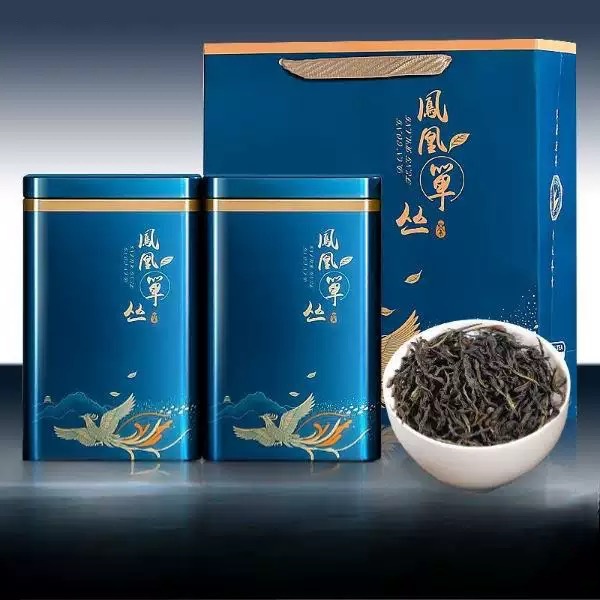
# Storing Oolong Tea: Best Practices for Freshness and Flavor
Introduction
Oolong tea is a beloved beverage known for its complex flavors and aromas. To fully enjoy its unique characteristics, proper storage is essential. Whether you’re a casual drinker or a tea connoisseur, understanding how to store oolong tea correctly will help preserve its freshness and flavor for as long as possible.
Understanding Oolong Tea’s Sensitivity
Oolong tea is semi-oxidized, placing it between green and black teas in terms of processing. This unique characteristic makes it particularly sensitive to environmental factors that can degrade its quality:
- Light exposure
- Temperature fluctuations
- Humidity
- Strong odors
- Air exposure
Ideal Storage Conditions
To maintain your oolong tea’s optimal quality, follow these storage guidelines:
Container Selection
Choose an airtight container made of:
- Ceramic with a good seal
- Tin or other non-reactive metal
- Dark-colored glass
- High-quality food-grade plastic
Avoid clear glass or plastic containers that allow light penetration.
Storage Environment
The perfect storage location should be:
- Cool (below 25°C/77°F)
- Dark (away from direct sunlight)
- Dry (low humidity environment)
- Odor-free (away from spices, coffee, etc.)
Special Considerations for Different Oolong Types
Light Oolongs (Green Oolongs)
These less-oxidized teas are more delicate and benefit from:
- Refrigeration for long-term storage
- Double-sealing to prevent moisture absorption
- Consumption within 6-12 months
Dark Oolongs (Heavily Oxidized/Baked)
These more robust teas can be stored:
- At room temperature in proper containers
- For longer periods (1-2 years)
- With occasional airing to prevent mustiness
Common Storage Mistakes to Avoid
Many tea enthusiasts unknowingly make these errors:
- Storing near heat sources (ovens, stoves)
- Keeping in the original paper packaging long-term
- Opening containers frequently without resealing properly
- Storing large quantities in one container
- Freezing tea (can damage cell structure)
Additional Tips for Tea Enthusiasts
For those who want to go the extra mile:
- Consider vacuum-sealing portions for long-term storage
- Use smaller containers to minimize air exposure
- Label containers with purchase/opening dates
- Store different oolong varieties separately
- Allow refrigerated tea to come to room temperature before opening to prevent condensation
Keyword: Storing Oolong Tea
Conclusion
Proper storage is key to enjoying oolong tea at its best. By following these guidelines, you can preserve the delicate balance of flavors and aromas that make oolong tea so special. Remember that even with ideal storage, oolong tea is best consumed within its recommended timeframe
Comments are closed